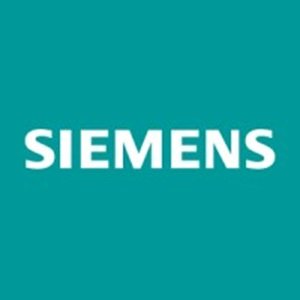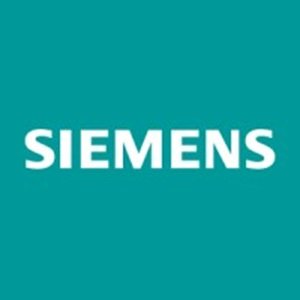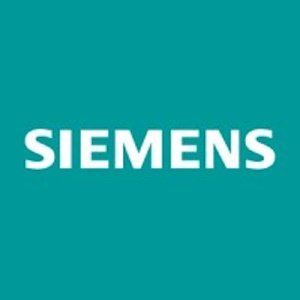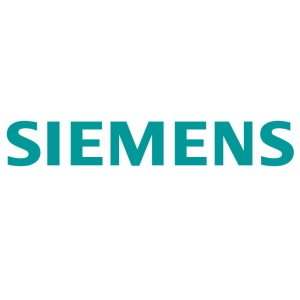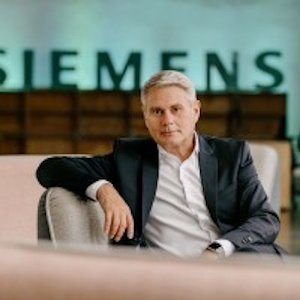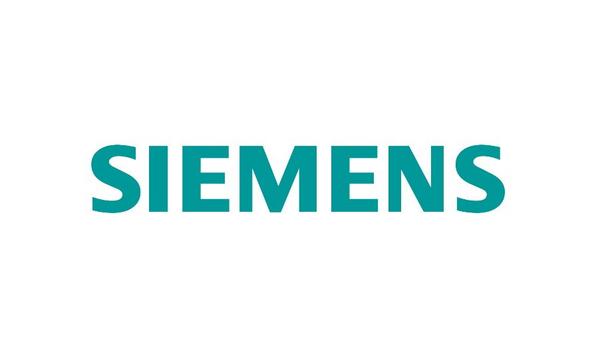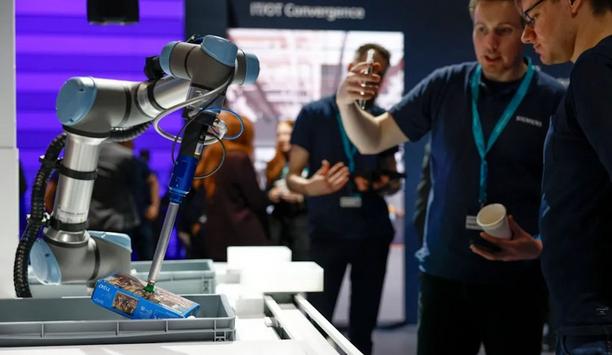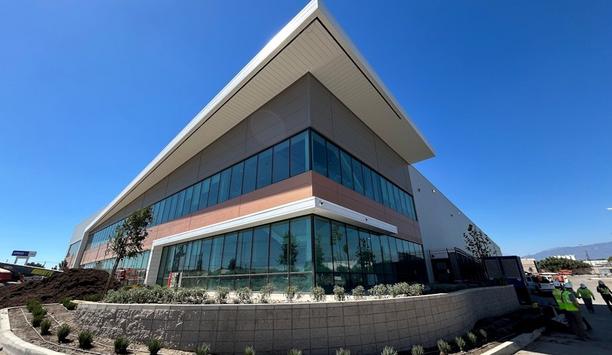Siemens - Experts & Thought Leaders
Latest Siemens news & announcements
In the ever-evolving landscape of electrical services, the journey towards condition monitoring represents a significant leap forward. Now, customers face challenges, such as aging workforce and infrastructure, rising cost of energy and operation, and lack of transparency to the condition of key building systems. Dealing with these challenges will require a transformation driven by the need for enhanced reliability, efficiency, and safety in electrical distribution systems, with increased automation filling the gap created by leaner staffing levels. Let's explore how this journey has unfolded and what it means for the future of electrical services. The Traditional Approach Traditionally, electrical services relied heavily on reactive maintenance. This approach meant that issues were addressed only after they had caused disruptions or outages, an approach commonly called “run to failure”. While this method was simple and straightforward, it often led to unexpected downtimes, costly repairs, and safety hazards. The lack of real-time data made it challenging to predict and prevent potential problems. The Shift to Preventive Maintenance Regular inspections and scheduled maintenance activities to prevent failures before they occur As technology advanced, the industry began to shift towards preventive maintenance. This approach involved regular inspections and scheduled maintenance activities to prevent failures before they occurred. While preventive maintenance reduced the frequency of unexpected breakdowns, it relied solely on technician site visits and still lacked the precision needed to optimize performance and extend the lifespan of electrical equipment. The Rise of Condition Monitoring The advent of digital technologies and the Internet of Things (IoT) has paved the way for condition monitoring. This innovative approach leverages real-time data from sensors and advanced analytics to monitor the health and performance of electrical equipment continuously. Here’s how condition monitoring is revolutionizing electrical services: Real-Time Data Collection: Sensors installed on electrical equipment collect data on various parameters such as temperature, vibration, power quality, and electrical load. This data is transmitted in real-time to a central monitoring system. Advanced Analytics: The collected data is analyzed using sophisticated algorithms to detect anomalies and predict potential failures. This predictive capability allows for timely interventions, reducing the risk of unexpected breakdowns. Enhanced Reliability: By continuously monitoring the condition of electrical equipment, maintenance can be performed based on actual needs rather than fixed schedules. This approach ensures that equipment is serviced only when necessary, enhancing reliability and reducing maintenance costs. Improved Safety: Condition monitoring helps identify potential safety hazards before they escalate into serious issues. For example, detecting overheating in electrical components can prevent fires and other dangerous situations. Extended Equipment Lifespan: Regular monitoring and timely maintenance help extend the lifespan of electrical equipment. This not only reduces replacement costs but also contributes to sustainability by minimizing waste. The Future of Electrical Services The journey towards condition monitoring is just the beginning. As technology continues to evolve, they can expect even more advanced solutions that will further enhance the efficiency, reliability, and cost-effectiveness of electrical services. The integration of artificial intelligence (AI) and machine learning (ML) will enable even more accurate predictions and smarter maintenance strategies. In conclusion, the shift from traditional reactive maintenance to condition monitoring marks a significant milestone in the evolution of electrical services. By embracing these advanced technologies, the industry is poised to achieve unprecedented levels of reliability, safety, and efficiency. As they look to the future, the continued innovation in condition monitoring will undoubtedly play a crucial role in shaping the next generation of electrical services.
Siemens is presenting its new developments in industrial automation and digitalization for the intralogistics industry at this year's Logimat. Faced with global challenges like labor shortages, growing sustainability requirements, and demographic change, the technology company is introducing innovative automation and digitalization solutions that increase efficiency, adaptability, and sustainability in intralogistics. Siemens Xcelerator ecosystem Siemens shows in a highlight showcase how the mix of software-defined and data-driven With Simatic Robot Pick AI Pro, an industrial vision AI for the development of AI-supported picking robots, Siemens demonstrates in a highlight showcase how the combination of software-defined and data-driven automation creates more adaptability and flexibility in automation solutions in order to overcome the challenges and complexity of today's intralogistics and to offer future-proof solutions. The Siemens Xcelerator ecosystem plays a central role by promoting innovation and integration across platform boundaries, which is accelerating the transition to a Digital Enterprise. Automation for advanced robotic solutions A blueprint for software-defined automation for advanced robotic solutions for robot-based picking of small parts in the intralogistics industry The centerpiece of the showcase at the Siemens booth is Simatic Robot Pick AI Pro, a pre-trained deep-learning vision software from Siemens that enables model-free 3D robot picking of unknown objects with individually adaptable vacuum multi-grippers. Simatic Robot Pick AI Pro The software reliably delivers gripping poses for a wide variety of inventory items in milliseconds The software reliably delivers gripping poses (6-DoF) for a wide variety of inventory items in milliseconds, regardless of their shape, size, or packaging. This means that Simatic Robot Pick AI Pro will facilitate the development of cost-effective, autonomous, and scalable robot solutions for single-piece order picking for sectors like e-commerce. It also addresses the labor shortage associated with monotonous picking tasks. Siemens Industrial Operations X portfolios Simatic Robot Pick AI Pro is a solution of Siemens Industrial Operations X portfolios, which is part of Siemens Xcelerator. Siemens Industrial Operations X combines software-defined automation and data-driven solutions within industrial ecosystems aiming to make systems more adaptive. An essential component of software-defined automation is Simatic AX, a modern development environment that increases efficiency in the creation and management of both physical and virtual controls. Use of advanced technologies Use of advanced technologies like edge and cloud computing to optimize operational processes Virtual PLCs (programmable logic controllers) are also being used to provide greater flexibility and scalability in deploying control systems as software containers based on industrial edge management. Industrial Operations X integrates these technologies and enables a seamless collaboration between different systems and the use of advanced technologies like edge and cloud computing to optimize and continuously improve operational processes. With this, machine builders can develop flexible and scalable robot order-picking systems that can be adapted to meet specific requirements. Robots with Siemens AI vision software Robots with Siemens AI vision software can autonomously identify and handle a variety of unknown objects, ensuring increased flexibility and adaptability in dynamic environments. There is also a seamless integration with TIA, which ensures a continuous data flow from the robot order-picking cell to the entire operational process. Development of new solutions and technologies Siemens will also show exactly how the Siemens Industrial Copilot supports automation engineers Siemens Xcelerator offers an open ecosystem for collaboration and innovation within a network of certified partners, such as Zivid for industrial 3D cameras or Piab for vacuum tools, to support the development of new solutions and technologies. At the exhibition, Siemens will also show exactly how the Siemens Industrial Copilot supports automation engineers in code generation and fault diagnosis and facilitates the engineering of complex automation systems. Siemens Industrial Copilot for engineering complex machines With the Siemens Industrial Copilot for TIA Portal Engineering, Siemens presents the first generative AI assistant for industrial engineering. Thanks to its seamless integration into the TIA Portal, the AI assistant simplifies and accelerates development processes and significantly minimizes error sources. It also allows less experienced professionals to effectively apply their knowledge and skills.
Siemens is ramping up investments in the U.S. to support and benefit from America’s industrial tech growth. “The industrial tech sector is the basis to boost manufacturing in America and there’s no company more prepared than Siemens to make this future a reality for customers from small and medium sized enterprises to industrial giants,” said Roland Busch, President and CEO of Siemens AG. Recent investments of Altair The $285 million investment is expected to create over 900 skilled manufacturing jobs The U.S. is already the largest market for the company, relying on American talent and American supply chains. The recent investments in the company’s U.S. manufacturing footprint and the planned acquisition of Altair, a Michigan-based software company, amount to more than $10 billion. This week, Siemens is unveiling two state-of-the-art manufacturing facilities for electrical products in Fort Worth, Texas, and Pomona, California. The $285 million investment is expected to create over 900 skilled manufacturing jobs. Industrial AI revolution The equipment produced will support critical sectors such as the commercial, industrial and construction markets while powering AI data centers all over the country to support America’s leadership in the industrial AI revolution. With that Siemens is more than doubling its production capacity of electric equipment to power critical American infrastructure such as AI data centers. Smarter software to help design America’s manufacturing The mix with existing software from Siemens will create the world's most complete AI-powered design In October 2024, Siemens signed an agreement to acquire Altair. The combination with existing software from Siemens will create the world's most complete AI-powered design and simulation portfolio. This will allow users in America and all around the world to design and manufacture more complex and smarter products faster – by simulating in the digital world, first. They could for example do a virtual crash-test for a new car design; or calculate in advance how a cell phone reacts to drops and thus develop the design optimally, before they build it in the real world. Powerful AI tools help along the way. Innovation and strength of America’s industry “We believe in the innovation and strength of America’s industry. That’s why Siemens has invested over $90 billion in the country in the last 20 years. This year’s investment will bring this number to over $100 billion. We are bringing more jobs, more technology and a boost to America’s AI capabilities,” said Roland Busch. Siemens employs more than 45,000 people in the U.S. and is partnering with about 12,000 suppliers nationwide.
Insights & Opinions from thought leaders at Siemens
The electrical industry is expected to have a labor shortage of about 60,000 workers by 2026. A labor shortage in the electrical trade is not inevitable, but it is likely to continue if the industry does not take steps to address the issue. Like other skilled trades, the electrical industry is facing challenges that could contribute to a labor shortage, including an aging workforce, a lack of interest among younger generations, and competition from other industries. However, there are strategies the industry can implement to address these challenges and attract a new generation of workers. These strategies include increasing awareness of the benefits and opportunities of skilled trades, investing in training and education programs, improving working conditions and compensation, embracing technology, promoting diversity and inclusivity, and collaborating among industry, education, and government. Improving working conditions Factors in the current labor shortage in the electrical industry include: Aging workforce: Many workers in the electrical industry are nearing retirement age, and there are not enough younger workers to replace them. This has led to a shortage of skilled workers with many years of experience in the industry. Lack of interest in the trades: There has been a decline in the number of young people pursuing careers in the skilled trades, including electrical work. This is due in part to a focus on four-year college degrees as the preferred career path, as well as a lack of awareness of the benefits and opportunities of skilled trades. Competition from other industries: The electrical industry is competing with other industries, such as construction and manufacturing, for skilled workers. Training and education: Training and education are critical for developing the skills and knowledge necessary for electrical work. However, there is a shortage of qualified trainers and educators. Increasing demand: The demand for electrical services is increasing, particularly in areas such as renewable energy and smart grid technology. Attracting and retaining workers To attract and retain workers, the electrical industry must offer competitive wages and benefits One strategy to address the labor shortage is to increase awareness of skilled trades and to promote the benefits of a career in the electrical industry through outreach programs in schools, career fairs, and other events. Providing access to quality training and education programs that develop the skills and knowledge necessary for electrical work is crucial for attracting and retaining workers. This can be done through apprenticeship programs, vocational schools, and community colleges. To attract and retain workers, the electrical industry must offer competitive wages and benefits, as well as a safe and supportive work environment. This includes offering training and development opportunities, flexible schedules, and opportunities for advancement. Inclusive work environment The electrical industry is changing rapidly, and workers must be equipped with the latest technology and tools to stay competitive. Providing workers with training and access to the latest technology can help attract and retain workers. The electrical industry should actively promote diversity and inclusivity to attract a wider pool of workers. This includes efforts to recruit workers from underrepresented groups and create a welcoming and inclusive work environment. The electrical industry is changing rapidly, and workers must be equipped with the latest technology Companies in the electrical industry are addressing the labor shortage problem by investing in workforce development programs and initiatives. For example, Schneider Electric has developed a comprehensive workforce development program called the Schneider Electric Energy and Automation Training (SEAT) program. The SEAT program provides training and certification for employees, customers, and partners in areas such as energy management, automation, and digital transformation. Developing training programs Siemens has developed several initiatives to address the labor shortage in the electrical industry. These initiatives include apprenticeship programs, vocational training programs, and partnerships with educational institutions to develop training programs. Graybar, a distributor of electrical products and solutions, has developed a workforce development program called Graybar University to provide training and education for employees, customers, and partners in areas such as lighting, automation, and safety. Joint apprenticeship training program Collaboration among industry, education, and government is crucial for developing solutions The International Brotherhood of Electrical Workers (IBEW) and the National Electrical Contractors Association (NECA) have developed a joint apprenticeship training program that provides training and education for individuals looking to enter the electrical industry. The program provides on-the-job training and education in areas such as electrical theory, safety, and installation. Collaboration among industry, education, and government is crucial for developing solutions to the labor shortage in the electrical industry. This includes partnerships between industry and education institutions to provide training and education programs, as well as government initiatives to support workforce development in the skilled trades.





